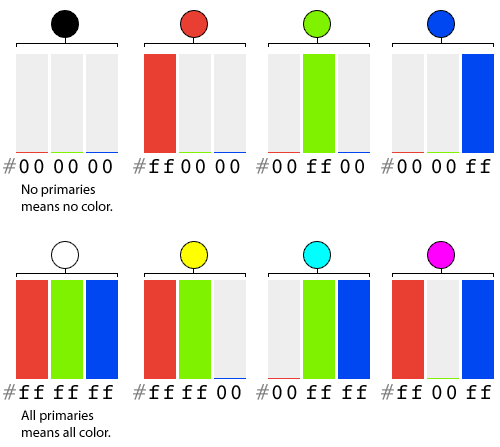

On the other hand, I realize that my lifestyle – tied to a commuter train – doesn’t permit me to go down that route, and I’m not sure I want to return to the days of wrangling patch cords again. On one hand, I’m envious of those who can afford to assemble collections of unique modules that have all sorts of unusual compositional potentials. Having been involved in modular synthesis since the late 60s, and having sold my rather large Serge and Driscoll synthesizer systems about five years ago, I’ve been watching the modular resurgence with mixed feelings.

There are over 4000 Eurorack modules now available from over 150 manufacturers, and I’ve seen a number of systems that consist of a number of modules from different manufacturers happily living together in one cabinet.

Among the new modular synths, the most popular format has been the Eurorack format, which uses jacks of a certain kind, module faceplates of a particular size, and a common power supply system to power the modules that you place together in your rack. Or maybe that should be the modular synthesizer resurgence, because a number of the newer “analog” modules are actually digital, but they have an interface of knobs, jacks and have certain parameters which are voltage controllable. In the world of hardware synthesis, the biggest news for the past decade has been the analog synthesizer resurgence.
#Softube tape vs waves software#
Swedish “Rock and Roll Scientists” Softube introduce the Eurorack format to the world of screen-based software synthesis with an outstanding collection of modules by Doepfer, Intellijel and others.


 0 kommentar(er)
0 kommentar(er)
